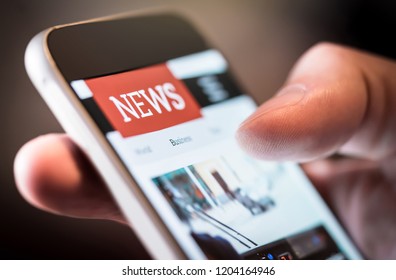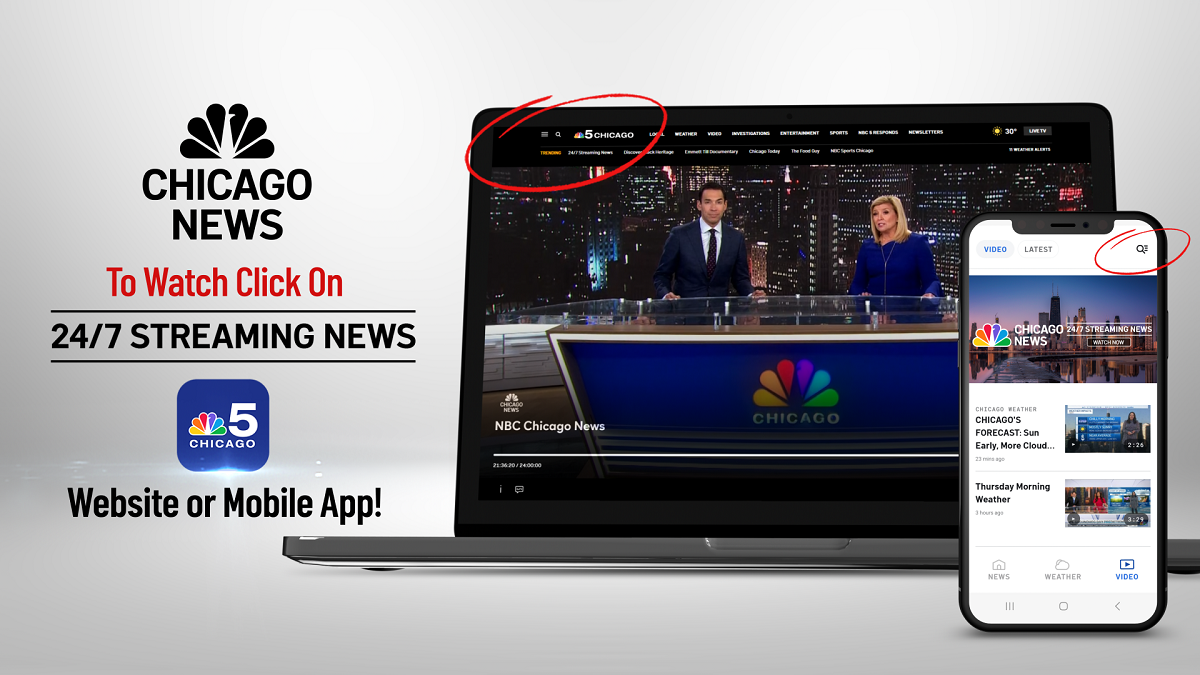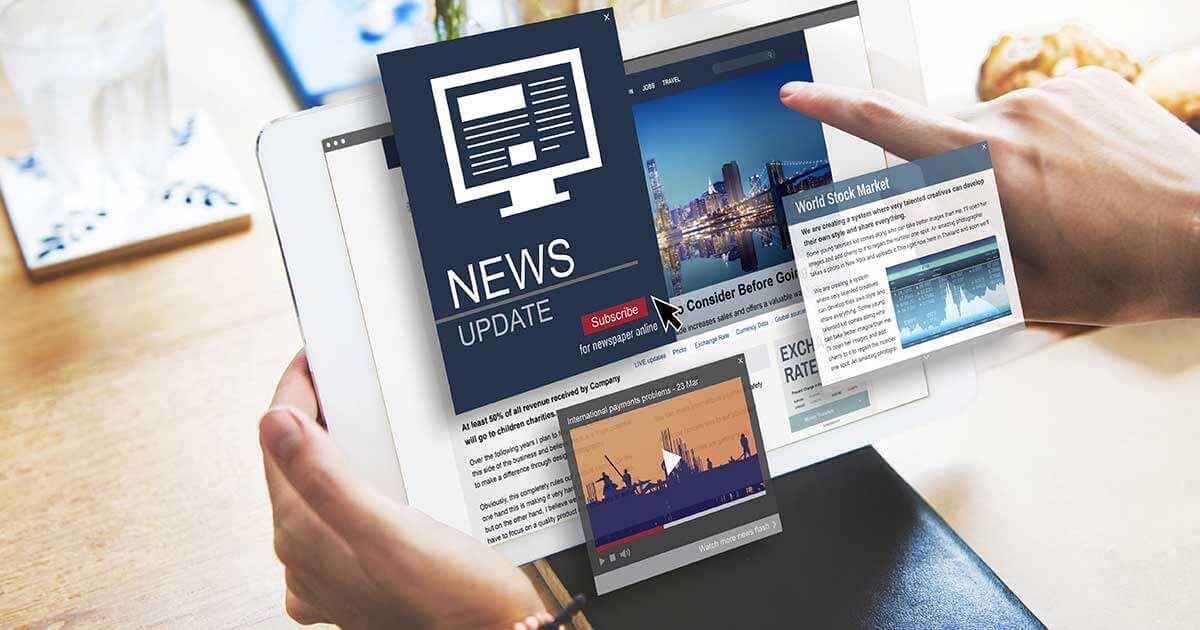Popular News - Questions
What Does Popular News Mean?
Table of ContentsWhat Does Popular News Do?The Buzz on Popular NewsThe Greatest Guide To Popular NewsThe smart Trick of Popular News That Nobody is Discussing
Age is also a consider the way individuals watch the role of social networks. Younger social networks information customers are more most likely to claim it has actually influenced their learning for the better. About half of social media news customers ages 18 to 29 (48%) state news on social networks makes them better educated, compared to 37% of those 30 to 49, 28% of those 50 to 64, and 27% of those 65 and older.Journalists weigh news values when identifying whether or not to cover an occasion or news. Probably the most crucial aspect of newsworthiness is whether or not the information thing being connected effects a news electrical outlet's audience.
Proximity is necessary. Journalists are interested in points that influence their communities. For example, research on a state's brand-new tax code most likely won't create the very same interest across state borders. Sometimes experts can assist localize a larger nationwide story that affects more than just a city or state. In these situations, it is very important to be in search of possibilities where subject specialists can give insight or where similar projects may be occurring locally.
If you are publishing relevant research, loophole in MarComm before the write-up being released to make sure that the pitch can emphasize the most recent element of the tale: the publication of the research study. Occasions and statements that involve high-profile numbers are more likely to produce media insurance coverage. Check outs from nationwide numbers usually call for months of prep work due to awaited neighborhood passion.
The Best Guide To Popular News

Human passion aspects can add information worth to various other tales that could seem doing not have in the various other worths. The novelty or curiosity of a situation can help affect whether or not an information outlet is most likely to cover a story. While this is not an extensive listing, examining to see if your information thing or occasion has these high qualities prior to contacting us will aid you identify which components hold the most information worth.

Popular News - Questions
There is additionally considerable proof that even more consumers could begin to spend for information in the futureif authors can comprehend them and offer them well. Fifty percent of More Help those who do not pay for news actively look for information and resemble clients in various ways. Popular News. And almost 2 in 10 of those who don't subscribe to information now indicate they are inclined to begin to pay in the future
We after that ask a collection of questions to establish whether individuals pay for specific kinds of information resources. We asked people to name the sources they utilize most oftenwhether they spend for them or nothow they use them, the specific things they consider crucial regarding them, and some related inquiries about the expense and value of that source.
Individuals are attracted to news as a whole for two reasons above others: A wish to be informed people (paper customers in certain are very motivated by this) and due to the fact that the magazine they register for excels at covering particular topics about which those customers specifically care. While there are a host of factors, the No.
More than 4 in 10 also point out the truth that family and friends subscribe to the same product. More than a 3rd of people state they initially subscribed in feedback to a discount rate or promo. In print, individuals additionally are moved greatly to sign up for get promo codes that conserve them money, something that has untapped ramifications in digital.
A Biased View of Popular News

We asked every person who told us they have a routine complimentary resource of information exactly how most likely they would certainly be to spend for it. More than a quarter (26 percent) say they would go to the very least rather most likely to begin paying for itand 10 percent are very or incredibly most likely. These most likely payers often tend to be information seekers, and they also have a tendency to be moved here individuals that currently spend for an information registration along with the resource they follow completely free.
Of those that do pay, 54 percent subscribe to newspapers in print or electronically, which stands for 29 percent of Americans on the whole. The majority of them purchase a print magazine in addition to their newspaper and spend for 2 to four news resources in total amount, some also a lot more. And while 53 percent are veteran subscribers (5+ years), greater than a quarter (27 percent) have actually bought their newspaper registration within the past year.
Couple of print customers think it most likely they will certainly switch over to a digital-only membership in the future, and even more than half of those who prefer electronic have actually never ever spent for a print variation of the exact same source. Popular News. Completely 75 percent of newspaper payers claim they primarily reviewed the paper in print, while 21 percent are primarily digital individuals, and 4 percent define themselves as equally split